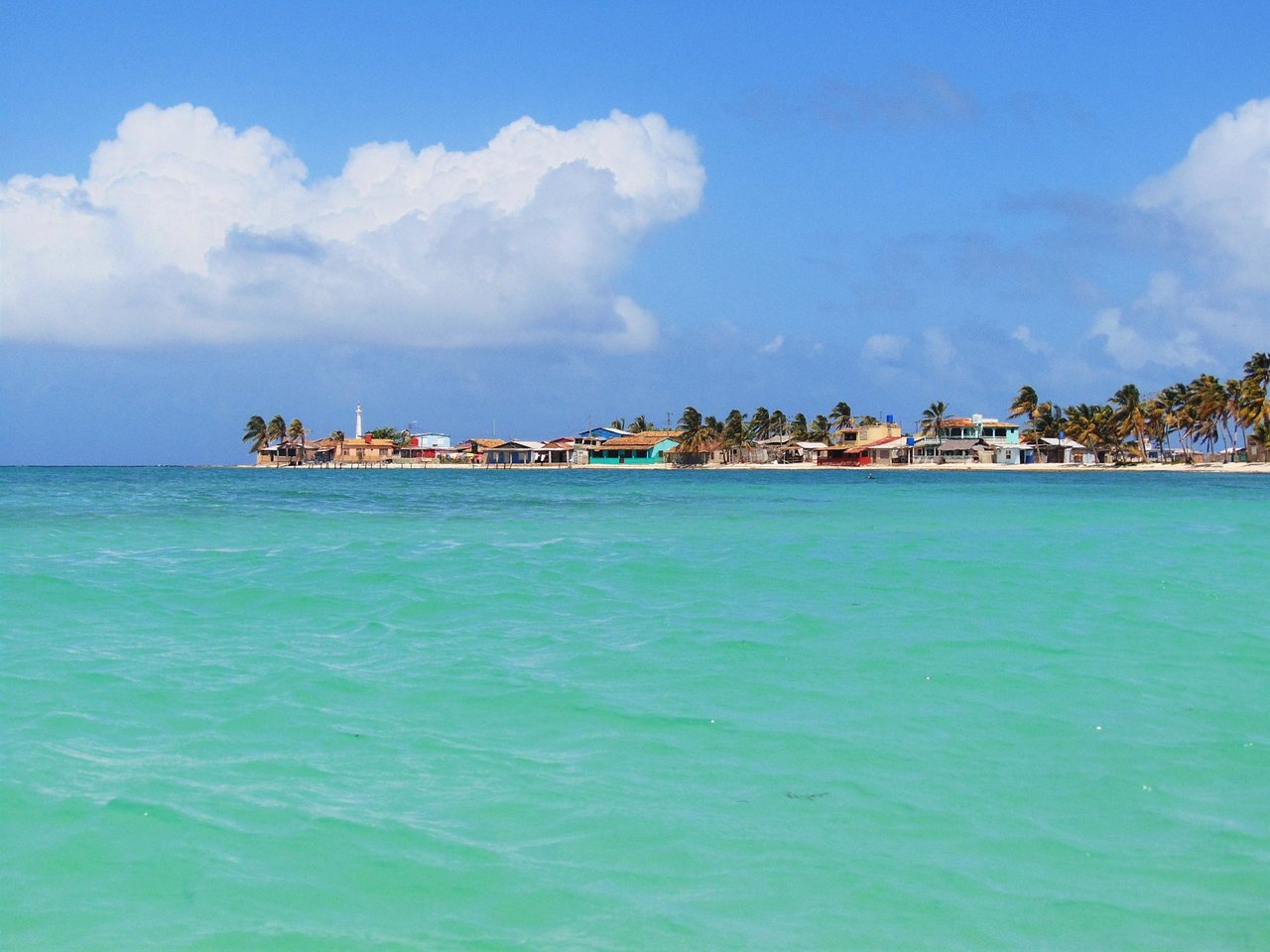



Camagüey is a city and municipality in central Cuba and is the nation's third-largest city with more than 333,000 inhabitants. It is the capital of the Camagüey Province. Wikipedia
November to April (Dry Season):
Comfortable temperatures between 22–28°C, with lower humidity — ideal for exploring the city on foot.
May to October (Wet Season):
Hot and humid with occasional rain showers; hurricane season peaks August to October.
By Air:
Arrive at Ignacio Agramonte International Airport (CMW), about 12 km from the city center, with flights from Havana and other regional hubs.
By Road:
Well connected by bus and car to Havana (~6 hours), Santiago de Cuba (~6 hours), and other cities.
By Train:
Camagüey is a rail hub with connections to many Cuban cities.
By Air:
Arrive at Ignacio Agramonte International Airport (CMW), about 12 km from the city center, with flights from Havana and other regional hubs.
By Road:
Well connected by bus and car to Havana (~6 hours), Santiago de Cuba (~6 hours), and other cities.
By Train:
Camagüey is a rail hub with connections to many Cuban cities.
Contemporary art gallery showcasing local artists.
Tinajones:
Large traditional water jars scattered around the city — a symbol of Camagüey.
Wander the labyrinthine streets and discover hidden plazas, murals, and artisan shops.
Enjoy live music at Casa de la Trova or local bars.
Visit art galleries and attend cultural events.
Explore the Plaza del Carmen and try local coffee.
Participate in dance lessons or cultural workshops offered by community centers.
Taste local Cuban cuisine in paladares and street cafés.
Hotels:
Hotel Santa María, Hotel Plaza, Casa Blanca Boutique.
Budget:
Casa particulares and guesthouses in the historic district.
Cuban classics such as lechón asado (roast pork), yuca con mojo, and fresh seafood.
Popular dining spots include Paladar La Guarida, Restaurante El Colonial, and local cafés around Plaza San Juan.
Street vendors offer fresh fruits, snacks, and coffee.
Camagüey is a cultural and artistic hub known for its painters, musicians, and dancers.
The city has a rich Afro-Cuban heritage, celebrated through music, festivals, and religious traditions.
The locals are known for their hospitality and pride in their city’s unique urban design.
Traditional crafts such as pottery, weaving, and painting flourish here.